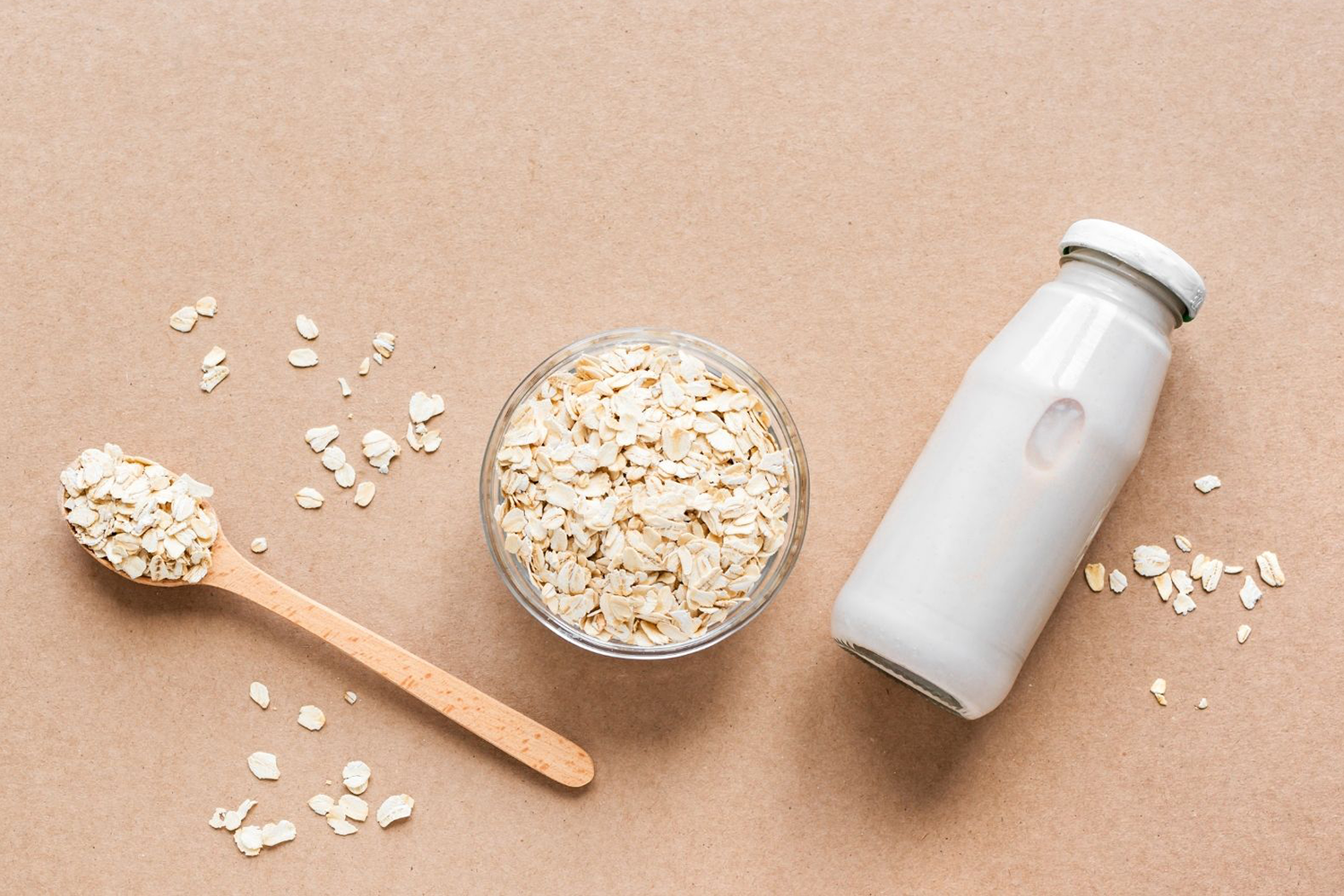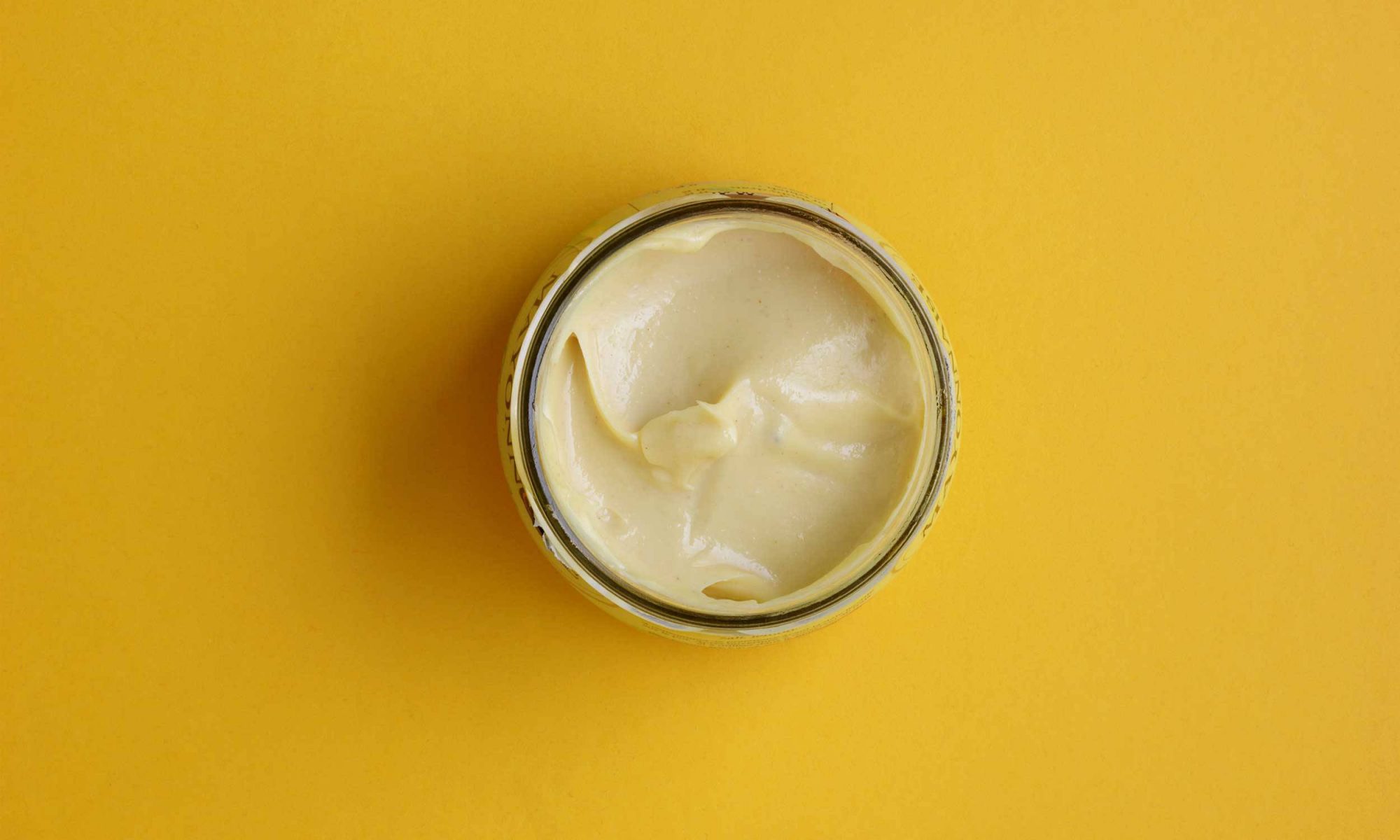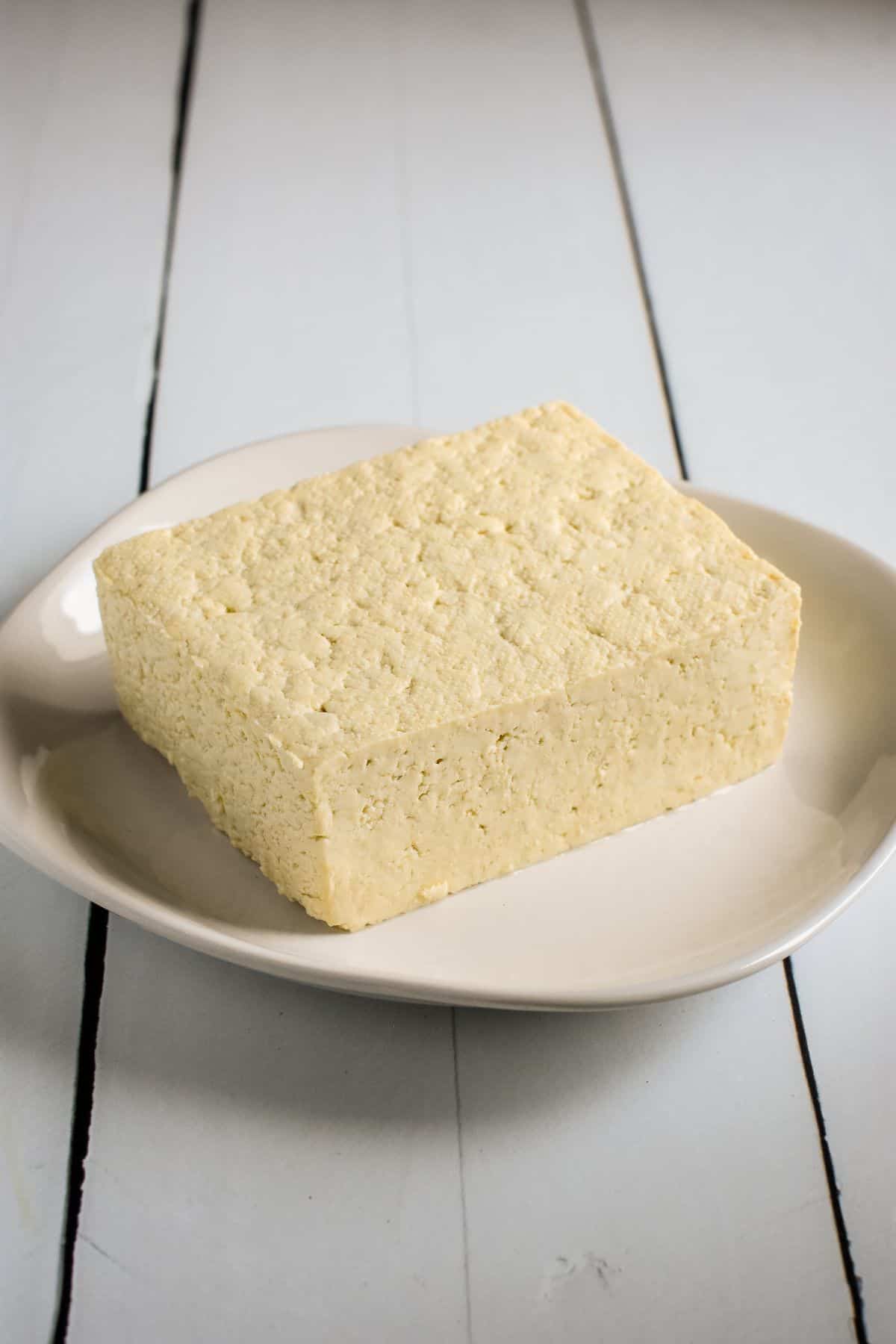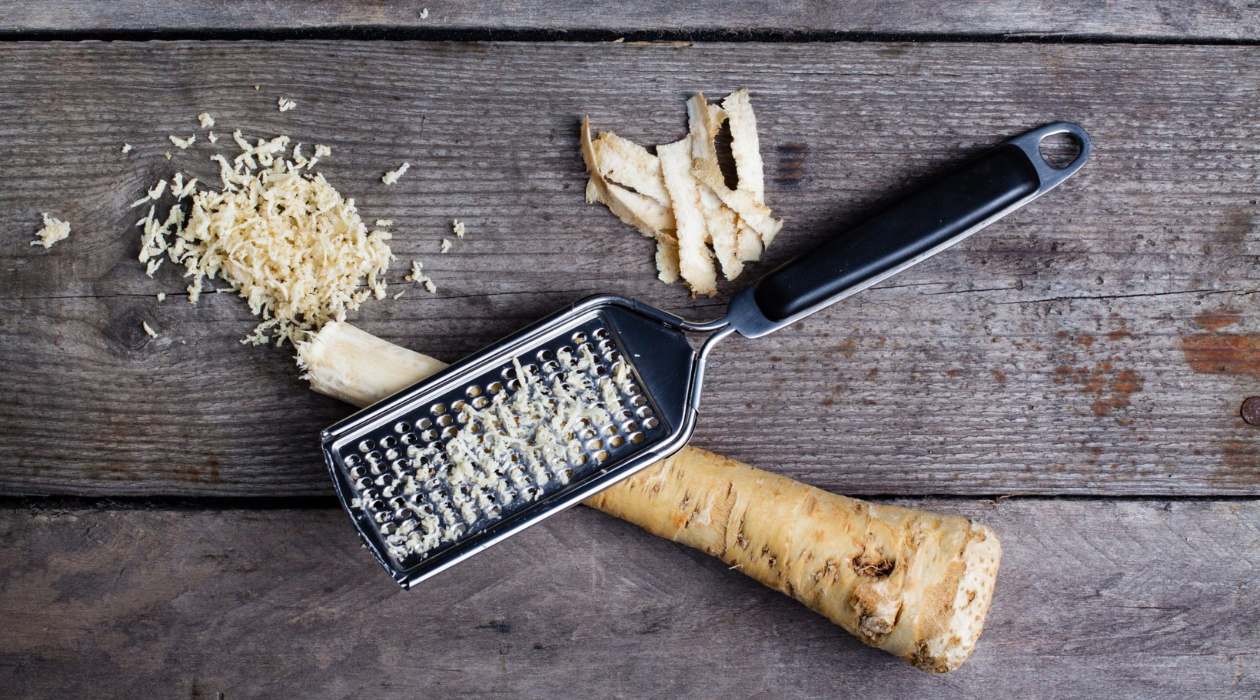To determine if asparagus is bad:
1. If the asparagus is soft, mushy, limp, or has turned dull-colored and limp, it is likely bad.
2. The tips may turn black and become completely mushy.
3. Look out for a foul smell and visible signs of mold on the asparagus.
4. Avoid bunches with slimy tops or limp, dull, or wrinkled stems.
To pick fresh asparagus:
1. Look for firm, bright green stems that stand straight.
2. The asparagus should have a smooth texture.
3. Similarly sized stalks are preferred.
To store asparagus:
1. Keep it upright in a mason jar with an inch of water, covering the tops loosely with a plastic bag.
2. Alternatively, wrap the stems with a damp paper towel and store them in a plastic bag or produce bag in the crisper drawer.
3. Properly stored asparagus can last for four to five days or three to four days, respectively.
Additional information on freezing and storing asparagus:
1. To prevent asparagus from becoming mushy, keep it damp and flip the bag over daily.
2. Raw asparagus can be frozen, blanching helps maintain its color and crisp texture.
3. Blanching is not necessary for freezing asparagus.
4. When freezing asparagus, it can be cut into 1-inch pieces or frozen whole.
5. Frozen asparagus can be stored in a freezer-safe bag for up to a year.
6. Cooked asparagus can be stored in an airtight container in the refrigerator for three to four days.
7. The texture of cooked asparagus will become less crisp each day and may become very soft by the last day.
8. Cooked asparagus can also be frozen to preserve its texture.
9. Frozen cooked asparagus should be stored in a freezer-safe bag and can be kept in the freezer for up to a year.
Continue Reading









